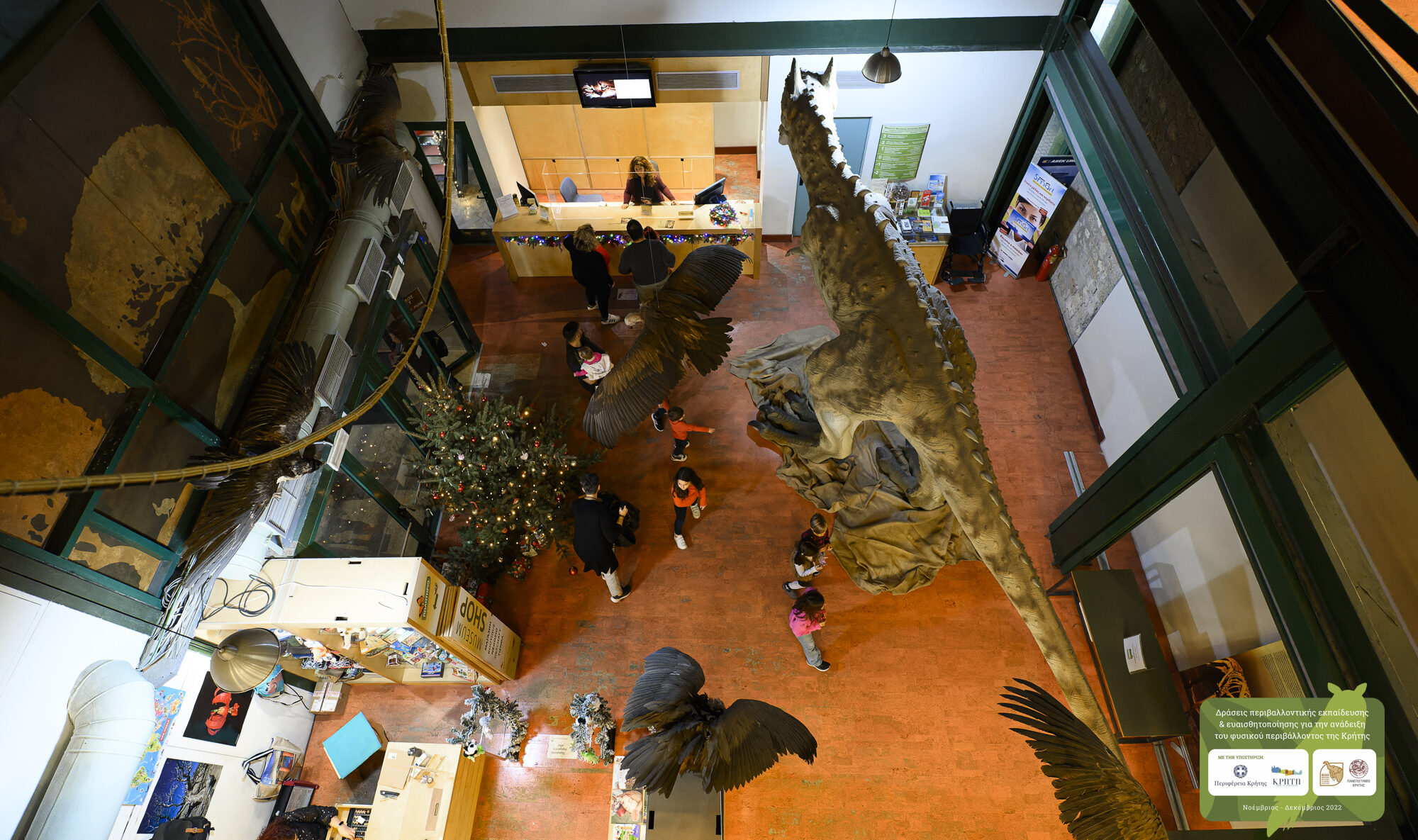
The museum meets the school: exploration and experimentation!
60-minute educational programs
Preschool and First Grade Primary School
“On the trail of dinosaurs”
Following the three stages of paleontological research, exploration in nature, transportation, processing and identification of samples in the laboratory, and presentation of the results, children will collect dinosaur fossils in order to clean and observe them. Immediately afterwards, they will tour the models of the museum’s dinosaur exhibition and observe their external characteristics, their way of walking, and their teeth.
These three elements will help them understand which dinosaurs their fossils come from and whether they were carnivores or herbivores.
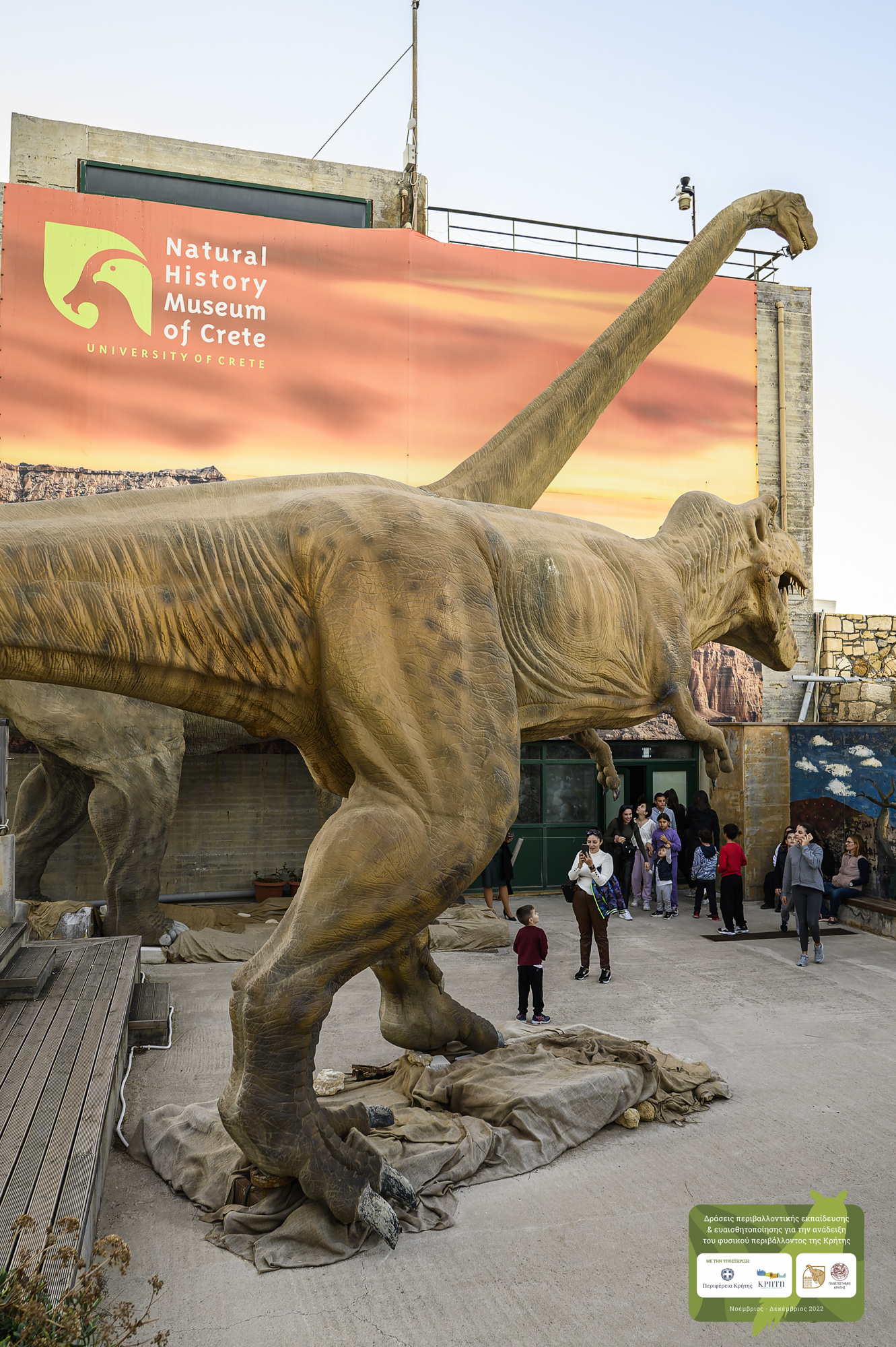
Μουσείο Φυσικής Ιστορίας Κρήτης / Natural History Museum of Crete
“Fairytales with Pipistrelle and Mauremis”
The bat Pipistrelon and the sink Mauremis bring to life, together with the children, a fantastic adventure tale in the research field, in a unique interactive space for Greece, exclusively designed for children and rich in activities.
It is a miniature of nature, a realistic representation of the ecosystems of the Mediterranean, the mountain, the bushland, the cave, the river, the estuary, and the sea.
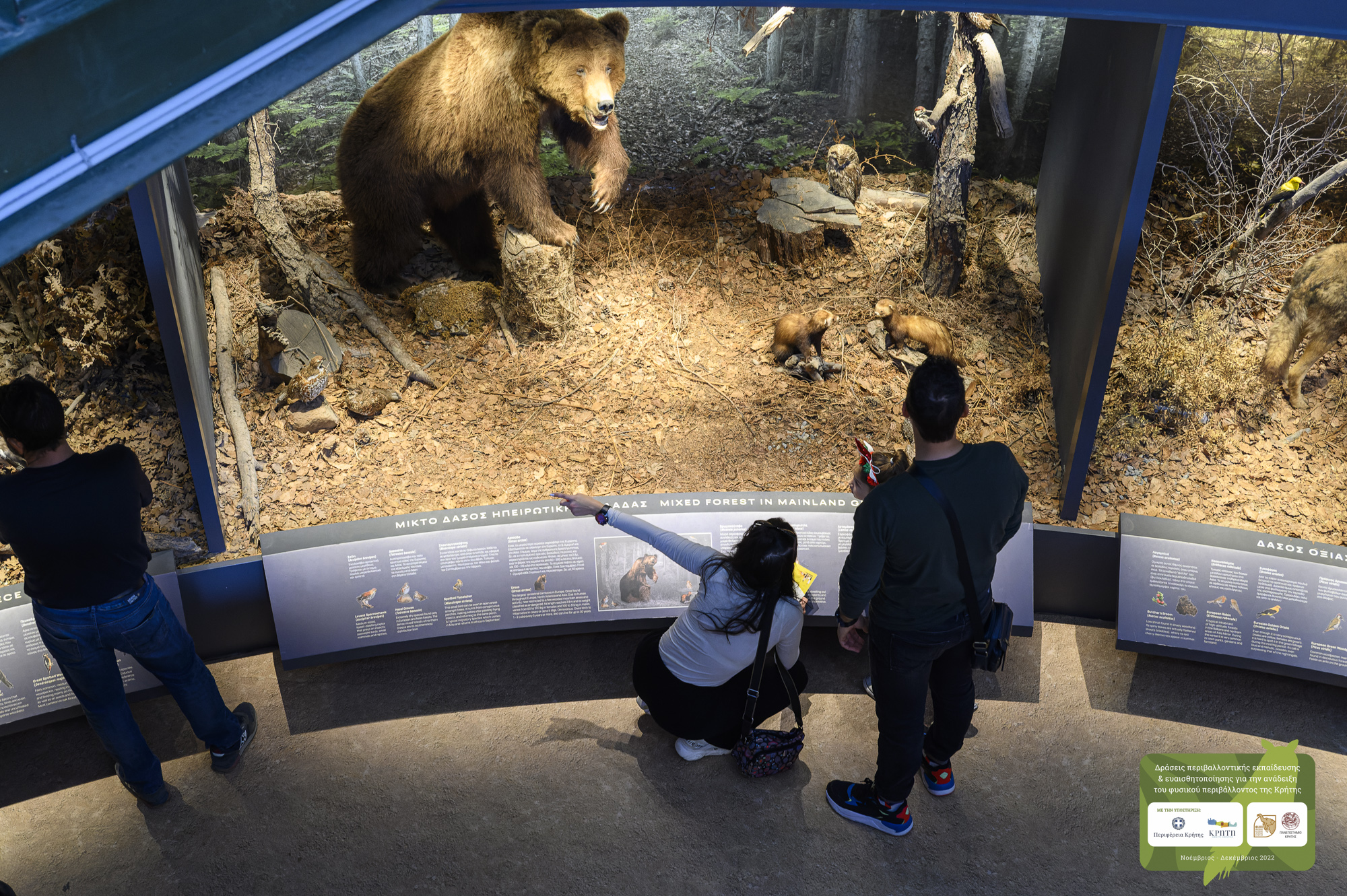
Το Μουσείο συναντά το Σχολείο: Εξερεύνηση και πειραματισμός! / The museum meets the school: exploration and experimentation!
“Bear and seal signal distress”
The bear and seal desperately arrive at the Museum and ask for help as their habitats (forests and beaches) have been degraded and shrunk by humans. The children, along with the museum’s educators, who are trying to help them, are puzzled about whether the two animals could live in different habitats. But this change turns out to be far from easy. Through this fairy tale, children learn about the difficulties they face in their environment and about man’s behavior towards nature.
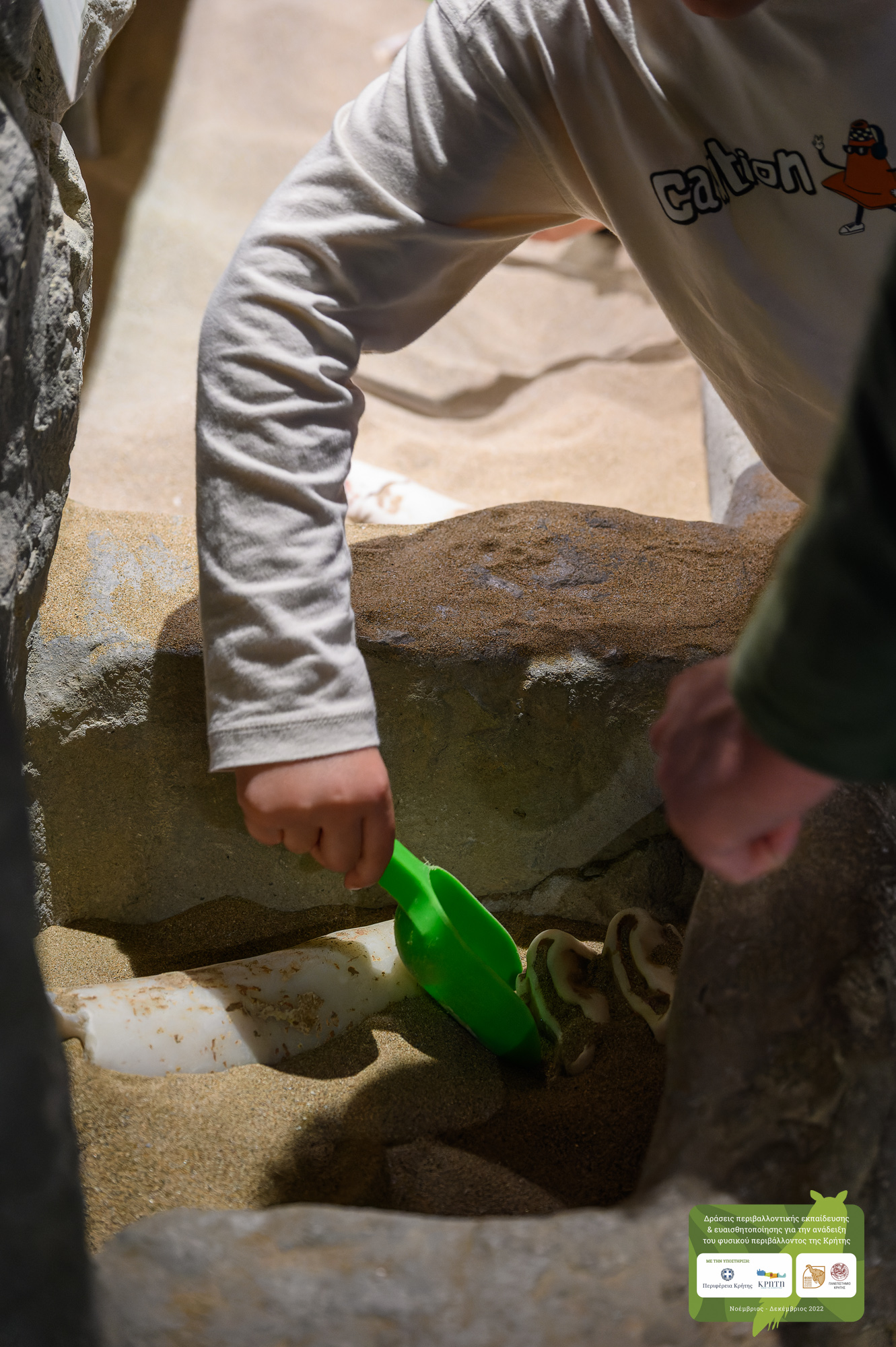
“Dig, dig, what will you find?”
Using the tools of the excavation (shovels and brushes) and following the steps of the exploration of the Museum paleontologist, children activate their senses by digging in the sand and finding fossils, animal shells, and other objects. Then, cross-referencing their observations, they are asked to classify their different findings by recognizing their similarities and differences.




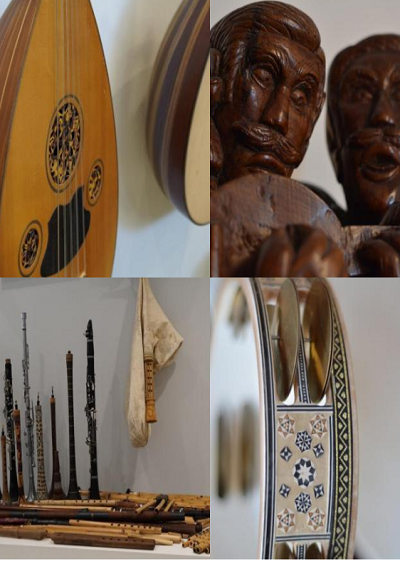


Leave A Comment